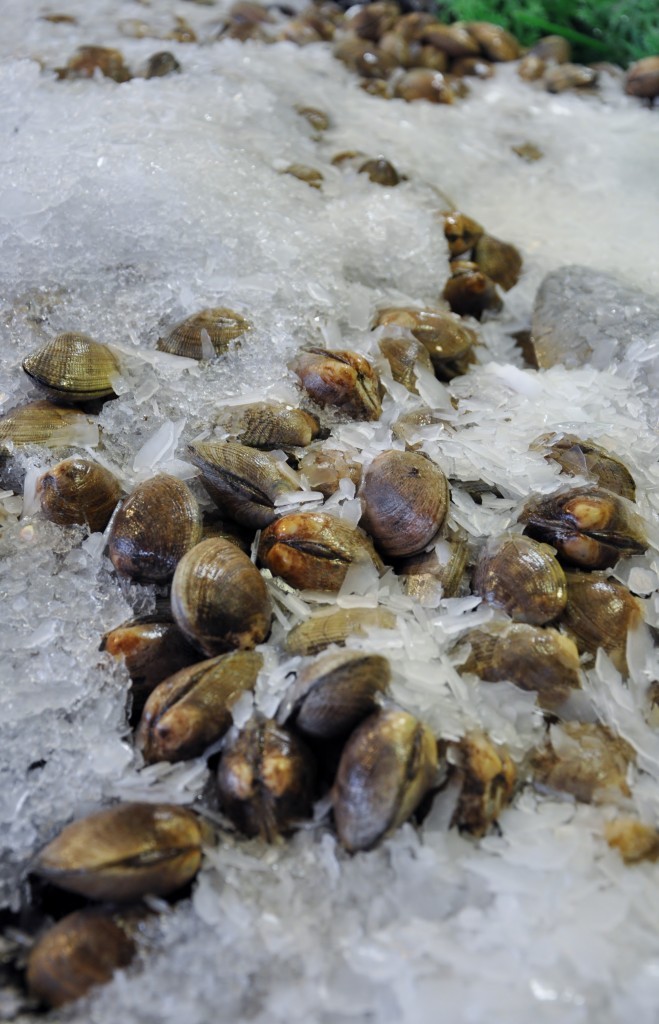 Unless you live in a vacuum, you’re aware of the ocean issues facing us today: over-fishing, species depletion, fraud, red-tape regulations, and the never-ending increasing price of fresh fish.
Unless you live in a vacuum, you’re aware of the ocean issues facing us today: over-fishing, species depletion, fraud, red-tape regulations, and the never-ending increasing price of fresh fish.
The problems abound around the globe, not just here in America.
It’s no wonder. Seafood is the largest commodity in the world.
The video below is a perfect example of not only a waste of fish, but while you watch, I want you to think about the economic impact of what is going on in this video. Last month, while I attended the Sustainable Foods Institute, I watched this video clip of a commercial fishing trip in the UK. Watch for yourself.
Unbelievable, horrible stuff, right?
I wanted to simultaneously cry and throw up. Yes. Really.
Hugh’s Fish Fight has tackled a Goliath issue (banning discards) and has had phenomenal success. But Hugh’s Fish Fight is far from over.
Here in America, one issue not mentioned very often is the escalating price of fresh fish. I mean, have you bought fresh fish at the market lately? Sheesh.
Now I’m just a little seafood-lover living in the middle of the country, frustrated beyond belief at the lack of distribution needed to have access to fresh fish. And the fresh fish that is available is ridiculously expensive an, yup, not all that fresh.
But even if you live on, or near the coast, your fish is expensive.
And here’s why:
- One of the biggest culprit’s? The price of fuel to run a fishing boat. Commercial fishing boats typically run for several days at a time. Not all, don’t get your panties in a wad, I know there are day boats, but their fish is expensive too.
- Add the cost of federal and state licenses (some city and county licenses apply, too), bait, rods, tackle, ice, and staff to run a large fishing boat.
- Commercial fishing is not a year-round business. Your captain needs to make a living and feed his family all the other days when he can’t fish due to inclement weather, closures, catch limits and sometimes just life in general has a way of throwing a curve ball.
- We, as consumers, want to eat big fish. Guess what? Most big fish swim in deep water. (Refer back to reason number one.) If we change our priorities and realize that not only are big fish not as healthy, and smaller portions on the plate are more economical, then fisherman will stop fishing for larger than life fish. Also by eating smaller species, we help support fisheries stocks.
- The fresh fish you buy at the market is handled by several people/businesses, all who want and deserve to earn a wage for their hard work.
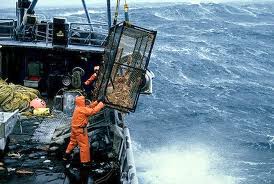 Here are the (minimal) steps a fish takes to get from the boat to the display case, or to your plate.
Here are the (minimal) steps a fish takes to get from the boat to the display case, or to your plate.
- From the boat to the dock. (The fisherman and the warehouse lumper’s.)
- From the dock to the wholesale distributor. (A lumper and a truck driver.)
- While at the distributor. (Fish sorters, cutters and packers.)
- Delivery to the retail store/restaurant. (A truck driver and store/restaurant employee.)
- Displayed in the case, served in a restaurant, or at your home. (A retail employee and/or chef /cook and server.)
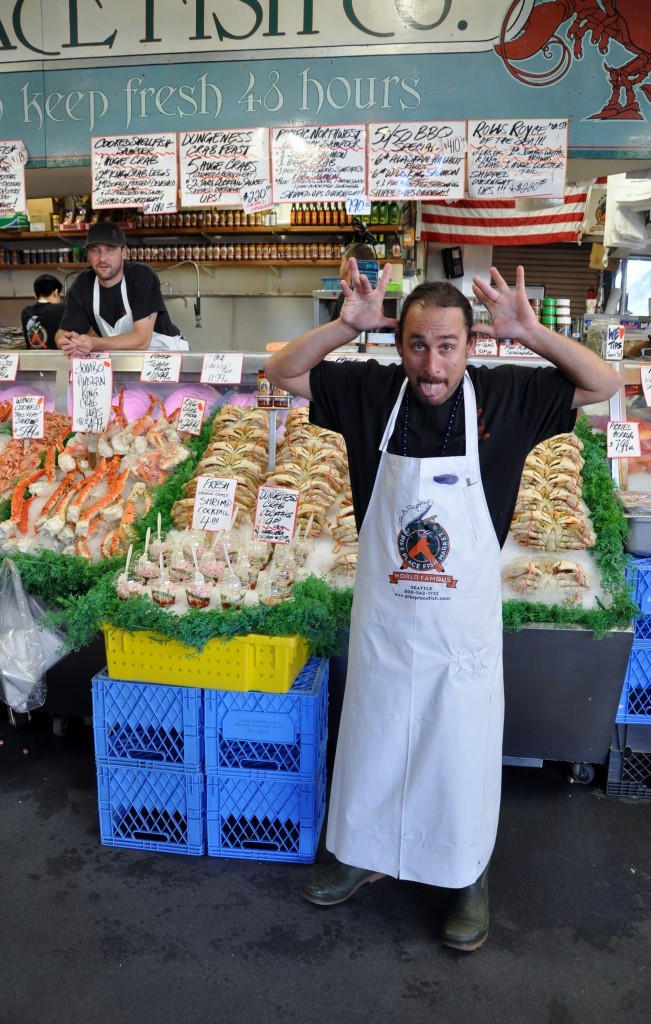 That’s a lot of steps and a lot of people. So if you like to eat fresh fish and want the price to go down, here are a few things you can do to change the tides of the rising price of fresh fish.
That’s a lot of steps and a lot of people. So if you like to eat fresh fish and want the price to go down, here are a few things you can do to change the tides of the rising price of fresh fish.
- Speak out with your cold hard cash. By purchasing local, smaller fish in season, you’ll support American fisherman. (If you live in another country, buy fish from your country of origin.)
- Learn what fish are in season. Teach your children the value of buying those species to keep fish for future generations. There are many seafood guides, Apps and websites to help you make the right choices. Monterey Bay Aquarium’s Seafood Watch is a great resource. You can visit my FAQ page for instance for more info. The main thing is to ask questions. For instance, Red Snapper, fished in the Gulf of Mexico, has a very short season (this year from June 1 through July 14 in state waters, June 1 through June 26 in Federal waters). While I love red snapper just like the next person, I’ve learned to enjoy other species, like mahi-mahi, oysters and clams, instead of buying red snapper from another country. Think of the carbon footprint involved from tuna caught in Japan or snapper or grouper from Mexico.
- By voting with your wallet, you’ll not only support sustainable fisheries, you’ll help support fisherman in your community.
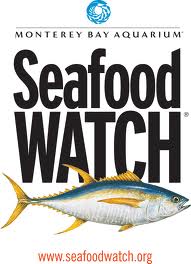 Okay, that’s it. I’m off my soap-box. While these are not clear-cut answers and I’m not saying that supporting sustainable fisheries will directly reduce the price at the market, (please refer to number 4), it can’t hurt to try.
Okay, that’s it. I’m off my soap-box. While these are not clear-cut answers and I’m not saying that supporting sustainable fisheries will directly reduce the price at the market, (please refer to number 4), it can’t hurt to try.
Thanks for stopping by.
What factors do you see as the culprit for the increased price of fresh fish? Do you have a solution you’d like to add?



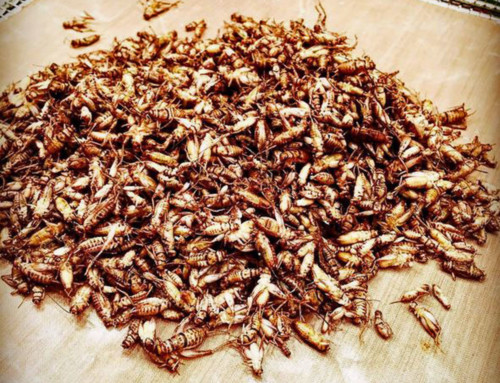



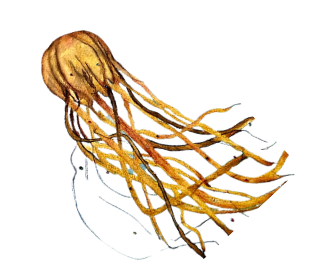

My sister, Gina, aka Mrs. Green just introduced me to your blog. I am a lifelong fisherman both salt and freshwater and really enjoyed viewing your blog this morning. I got to know the commercial fishing trade well as a boy living, working and fishing along the New Jersey shoreline. Your points about commercial fishing in the US are right on. Buy local, buy smaller and keep the generational fishing trade alive here in the US. Thank you for your efforts.
Hi Brian,
How great of you to stop by! I adore Gina and feel blessed to have met her at Monterey Bay Aquarium. I appreciate your kind words and again thanks for stopping by.